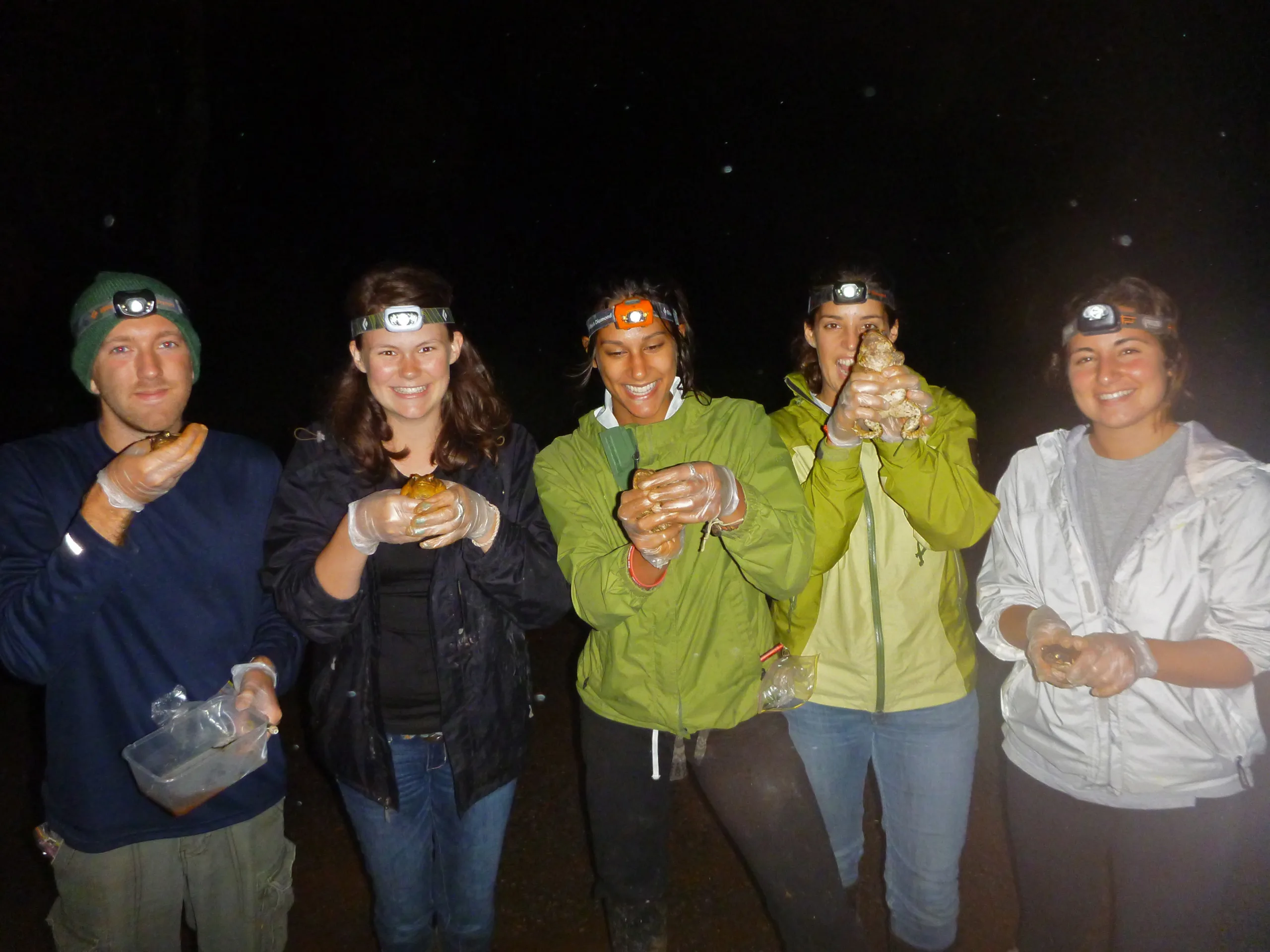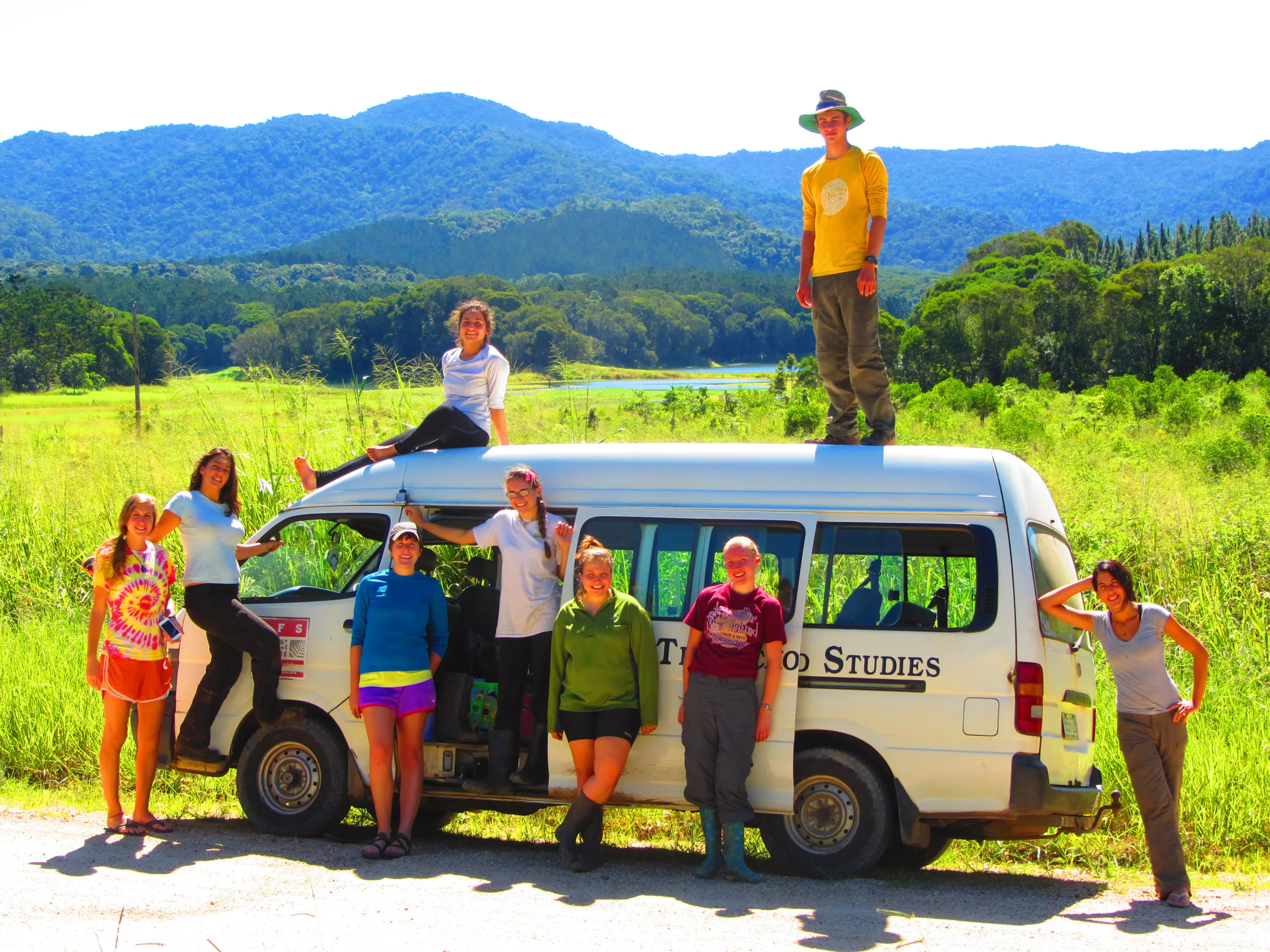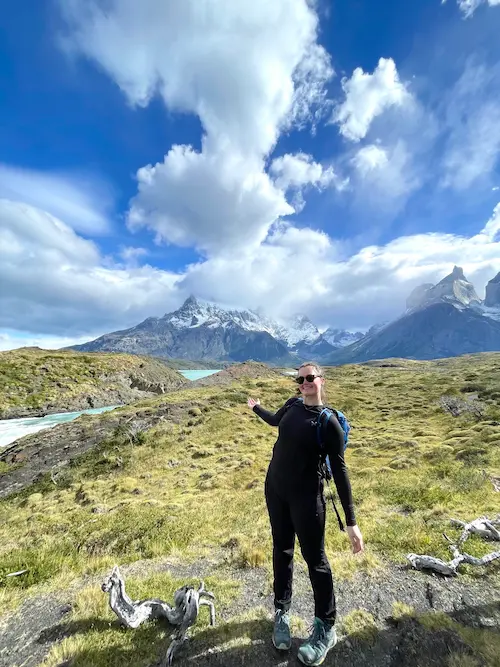Diversity of Rainforest Research
These past few weeks here at the Centre for Rainforest Studies have been busy, busy, and busy. Directed Research projects (DRs) are coming to an end while students have been fully integrated into the final analyses of their papers. They have done so much statistics recently that numbers might still be falling out of their ears… a statistically significant result! As some may know from previous blog posts, students are split up into three large groups for their research. 11 students work with Siggy (Rainforest Ecology), 10 work with Catherine (Natural Resource Management), and the last 11 work with Justus (Socioeconomic Values).
Siggy’s group has an extremely diverse group of research projects. Three students took on the novel project of studying the unknown marking behavior of the Lumholtz’s Tree Kangaroo (LTK). Students drove north to Port Douglas to observe 4 captive LTKs in enclosures. These student researchers mastered the art of studying animal behavior while trying to stay focused and not get distracted by the extreme cuteness of these animals. Other students worked on indirect methods of understanding LTK ecology, since they are cryptic and difficult to study in the wild. One student worked on identifying digested hairs from tree kangaroo pellets, an extremely tedious but important study… don’t worry, she wore gloves!

2 students did their research projects on leeches, studying how they can help locate mammals based on DNA analysis of their blood. The next 5 students studied herpetology of the Wet Tropics. 2 students studied olfaction in invasive cane toads as a form of bio-control. Another student studied bio-control in cane toads by dissecting the toads in search of parasitic lungworms. The last 2 students in the ecology group studied skinks‘ ability to inhabit restoration sites.
Catherine’s group of tree huggers spent hours in the field collecting data for their primary forest research project. They all cooperated to collect a huge data set and are asking questions from how logging roads may influence the species composition of large trees, to how species composition can differ near the forest interior, to habitat selection of specific tree species. Some really interesting research questions compared species composition in different areas that were logged selectively. These students have been working hard analyzing their heaps of data and running statistical tests. Some students even took on the challenge of working with GIS to formulate strong results. Good on them! (Aussie slang)
Justus’ researchers were split between two major research questions. The majority of the students looked at carbon sequestration in the Atherton Tablelands and how to make our SFS property carbon neutral. Students went out to a plantation and measured trees to find their biomass and DBH (diameter at breast height) to calculate how much carbon could be sequestered for hundreds of years to come. Calculating this was very complicated due to the complex allometric equations needed. Another smaller group of students worked with tree kangaroo conservation. They performed dozens of interviews with local experts and farmers to determine productive and cost-efficient ways to try to preserve this iconic species.
Overall, students have had a fantastic semester, filled with heaps of laughter. I speak on behalf of all staff when I say we are all extremely proud of how they were able to complete rigorous research projects and take exams, while having so much fun and really growing together as a large family.

Related Posts


